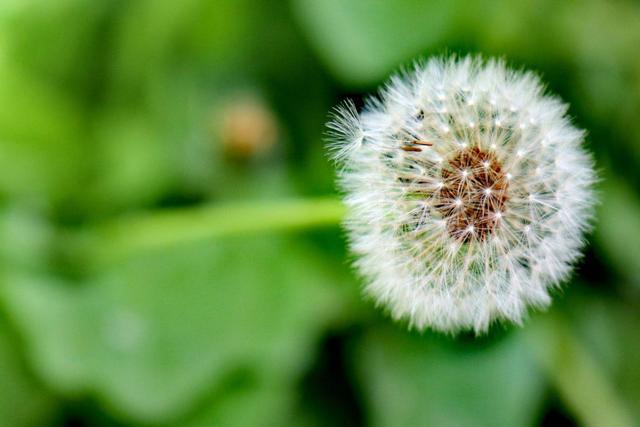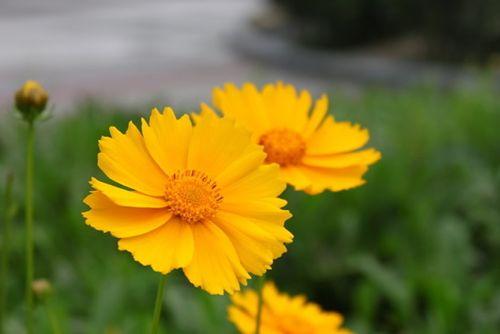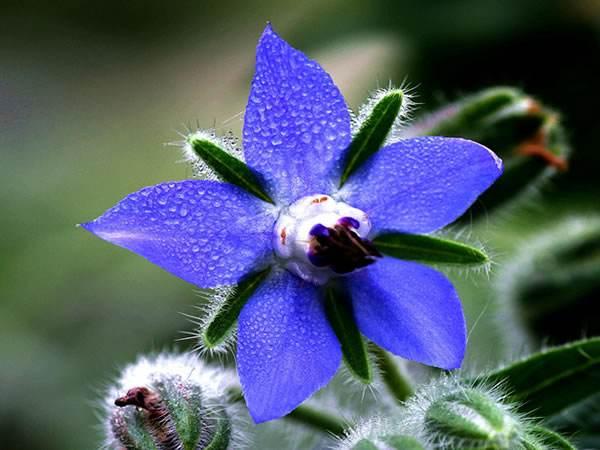Once upon a time, there was a tiny Casuarina plant named Casper. Despite being small, Casper dreamed of touching the sky like the tall trees in the forest. One night, a shooting star granted Casper’s wish, giving him the power to grow rapidly. Casper grew taller and taller, towering over the other plants. However, he soon realized that his height created a great shadow, casting darkness on the plants beneath him. Feeling remorseful, Casper used his branches to spread sunlight to the smaller plants, bringing joy and life to the forest. In doing so, Casper learned that true greatness lies not in one’s height, but in helping others.
Picture
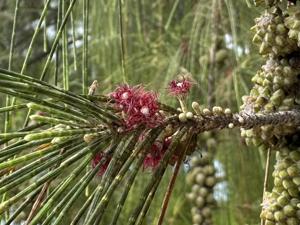
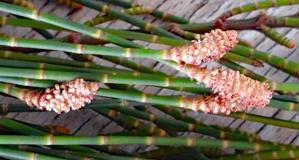
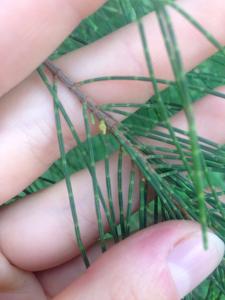
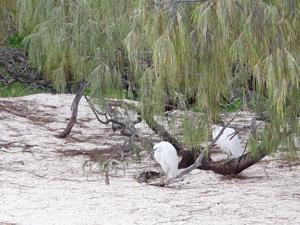
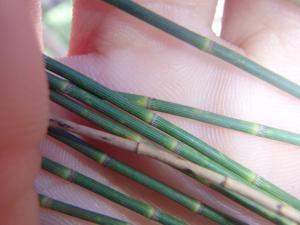
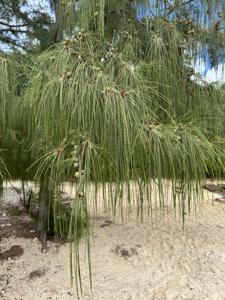
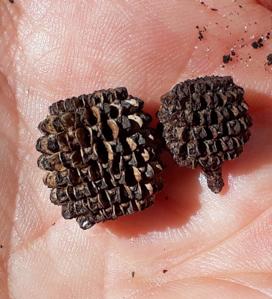
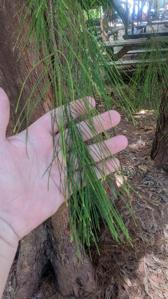
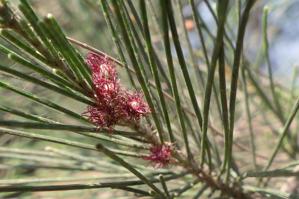
Plant some seeds now!
Short Description
Female cones of C. equisetifolia
Casuarina, also known as she-oak, Australian pine and native pine, is a genus of flowering plants in the family Casuarinaceae, and is native to Australia, the Indian subcontinent, Southeast Asia, islands of the western Pacific Ocean, and eastern Africa.
Plants in the genus Casuarina are monoecious or dioecious trees with green, pendulous, photosynthetic branchlets, the leaves reduced to small scales arranged in whorls around the branchlets, the male and female flowers arranged in separate spikes, the fruit a cone containing grey or yellowish-brown winged seeds.
Description
Plants in the genus Casuarina are dioecious trees (apart from C. equisetifolia that is monoecious), with fissured or scaly greyish-brown to black bark. They have soft, pendulous, green, photosynthetic branchlets, the leaves reduced to scale-like leaves arranged in whorls of 5 to 20 around the branchlets. The branchlets are segmented at each whorl with deep furrows that conceal the stomates. Male flowers are arranged along branchlets in spikes with persistent bracteoles, female flowers in spikes on short side-branches (effectively “peduncles”) that differ in appearance from vegetative branchlets. After fertilisation, the female spikes develop into “cones” with thin, woody bracteoles that extend well beyond the cone body. The cones enclose grey or yellowish-brown winged seed known as samaras.

